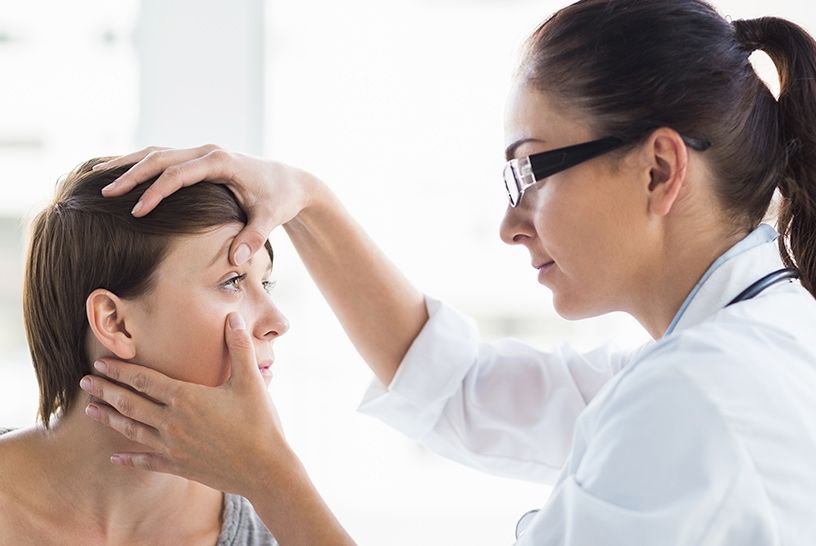Diagnosing Dry Eye

Dry eye is usually diagnosed by patient symptoms and complaints. For that reason any quality dry eye work up begins with a thorough medical and eye history. Symptoms of dry eye include:
- A gritty sensation
- A feeling of a foreign body or sand in the eye
- Blur or hazy vision
- Dry eyes
- Tired eyes
- Red irritated eyes
- Blurry vision
- Pain
A comprehensive eye exam is essential both as a baseline for future examination and to assess any impact of dry eye or ocular surface disease. Careful examination of the external eye, focusing on the ocular surface is performed with a biomicroscope, which is also referred to as a slit lamp. A number of dyes or “stains” are used with special filters to highlight any surface abnormalities. These include fluorescein and lissamine green stains.
Breakup time (BUT) – the time it takes for the tear film to become unstable is an important indicator of tear quality and dry eye. Breakup time is measured in seconds using fluorescein dye with a slit lamp or without fluorescein using special instruments.
Newer approaches to diagnosing dry eye include tear osmolarity – how concentrated or dilute the tears are and interferometry, which provides an incredibly detailed analysis of lipid layer integrity and thickness.
Because meibomian gland dysfunction is so critical to normal tear function, meibomography is a valuable means of evaluating the meibomian glands structure. The Oculus Keratograph 5M provides meibomography, tear menisus height, lipid layer analysis and objective non-invasive tear breakup measurement.
The TearLab is the single most accurate and objective test for diagnosing Dry Eye Disease. TearLab generates an Osmolarity number, which provides significant information to your Doctor. With its objective, quantitative endpoint TearLab Osmolarity correlates the increasing disease severity, and enables your Doctor to monitor your response to treatment. The test is fast, easy and accurate-requiring only 50-nanoliters of tear for analysis-a sample smaller than the period at the end of this sentence. It is also more patient friendly than older generation tests, as it is not intrusive, and requires no anesthesia. We recommend our patients to take the Dry Eye Questionnaire (in the link below). Please print it out and bring it with you to your scheduled exam.







